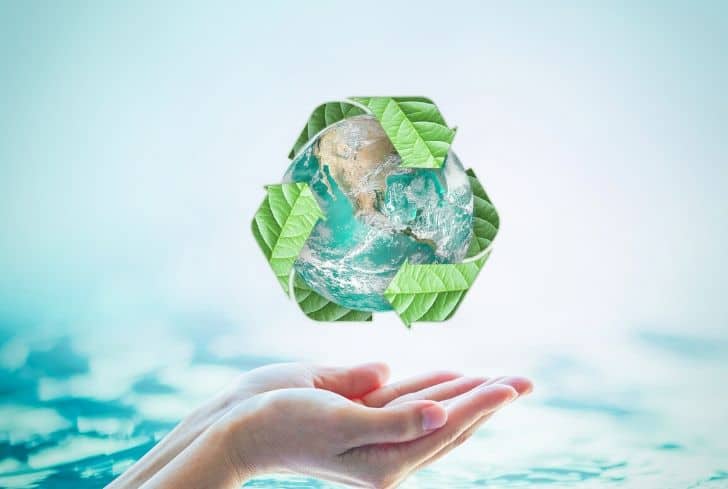

Innovative solutions in marine science and conservation are essential for addressing the complex challenges facing our oceans. These solutions leverage new technologies, approaches, and ideas to improve the health and sustainability of marine ecosystems. By combining scientific research with practical applications, we can develop effective strategies to protect and restore marine environments.
Smart buoys equipped with sensors can collect real-time data on water quality, temperature, and marine life. These devices provide valuable information for monitoring ocean conditions and detecting changes in marine ecosystems.
Marine drones, or Unmanned Aerial Vehicles (UAVs), are used to survey and monitor marine environments from the air. They can capture high-resolution images and videos, helping researchers track changes in habitats and wildlife.

Artificial reefs are man-made structures placed on the sea floor to promote marine life. These reefs provide habitats for fish and other marine organisms, helping to restore and enhance biodiversity in degraded areas.
Marine spatial planning (MSP) involves organizing the use of marine resources and spaces to achieve ecological, economic, and social objectives. MSP helps balance competing uses, protect sensitive areas, and promote sustainable development.

Citizen science involves the public in scientific research and data collection. By engaging local communities in monitoring marine health and biodiversity, researchers can gather more data and raise awareness about ocean conservation.
The development and promotion of eco-friendly products, such as biodegradable fishing nets and sustainable seafood, help reduce the impact of human activities on marine ecosystems. These products support conservation efforts and promote responsible consumption.
